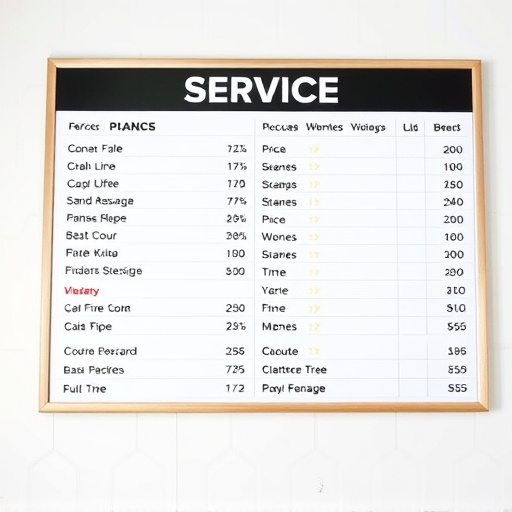Universal Cold Air Intake (CAI) Kits enhance vehicle performance and fuel efficiency by drawing cold air directly from outside the engine compartment, optimizing combustion. Key benefits include improved engine response, increased power output, better fuel economy, reduced emissions, and durable filters. Installation requires understanding vehicle types, engines, and systems for optimal compatibility to avoid modifications and ensure seamless fit. Researching kit compatibility with your specific vehicle model and engine type before installation is crucial for successful universal CAI setup using proper tools in a safe workspace.
Discover the versatility of universal cold air intake (CAI) kits, designed to enhance engine performance across various vehicle types. This article explores the benefits and design considerations of these kits, delving into factors affecting installation compatibility based on vehicle systems and types. Learn a step-by-step guide for successful universal CAI installation, ensuring optimal performance and efficiency. Uncover why these kits are a popular choice for automotive enthusiasts seeking enhanced engine power and improved fuel economy.
- Understanding Universal Cold Air Intake Kits: Design and Benefits
- Factors Affecting Installation Compatibility: Vehicle Types and Systems
- Step-by-Step Guide: Ensuring Successful Universal Air Intake Installation
Understanding Universal Cold Air Intake Kits: Design and Benefits

Universal Cold Air Intake (CAI) Kits are a popular choice among car enthusiasts looking to enhance their vehicle’s performance and fuel efficiency. These kits are designed with versatility in mind, offering compatibility with a wide range of makes and models. The core component is a filter housing that attaches directly to the engine, replacing the stock air intake system. This design allows for better airflow by drawing cold air from outside the engine compartment, ensuring a more efficient combustion process.
The benefits are numerous: improved engine response and power output, increased fuel economy, and reduced emissions. The kits often include high-flow filters made from durable materials, ensuring long-lasting performance. Additionally, their universal design means easy installation without complex modifications, making them an attractive option for DIY enthusiasts and professional mechanics alike.
Factors Affecting Installation Compatibility: Vehicle Types and Systems

When considering universal cold air intake (CAI) kits, understanding vehicle types and systems is key to ensuring optimal installation compatibility. Different vehicles have unique engine configurations and air intake requirements. For instance, sedans and coupes often have more confined engine bays compared to larger SUVs or trucks, impacting the physical fitment of CAI components. Each vehicle’s ventilation system, including air filters, sensors, and existing intakes, must also be compatible with any aftermarket upgrades. Proper installation requires matching the CAI kit to the specific make, model, and year of the vehicle for seamless integration.
Additionally, factors like engine displacement, power output, and fuel injection systems play a role in CAI compatibility. Universal kits designed as one-size-fits-all may struggle to match the performance gains seen in vehicle-specific setups tailored to the car’s original equipment. Moreover, some vehicles might require modifications or additional hardware to accommodate the new intake, ensuring optimal air flow and avoiding potential compatibility issues that could affect engine performance.
Step-by-Step Guide: Ensuring Successful Universal Air Intake Installation

Installing a universal cold air intake (CAI) kit is an excellent way to enhance your vehicle’s performance and fuel efficiency, especially for those seeking a quick and cost-effective modification. Here’s a step-by-step guide to ensure a successful universal CAI installation:
1. Preparation: Begin by researching the compatibility of the chosen universal cold air intake kit with your specific vehicle model and engine type. Ensure it is designed to fit seamlessly without major modifications, as this simplifies the installation process significantly. Gather all necessary tools, including a jack, jack stands, wrenches, screwdrivers, and any hardware provided in the kit. Create a clean, well-lit workspace, ensuring safety throughout the installation process.
Universal cold air intake (UCAI) kits offer a versatile solution for vehicle owners seeking improved engine performance and efficiency. By understanding the design benefits and installation factors, users can ensure optimal compatibility across various vehicle types and systems. With the right guidance, installing a UCAI kit can be a straightforward process, enhancing your vehicle’s airflow and potentially boosting its overall power output. This conclusion highlights the key takeaways for successful integration, making it an accessible option for both DIY enthusiasts and professional mechanics.














